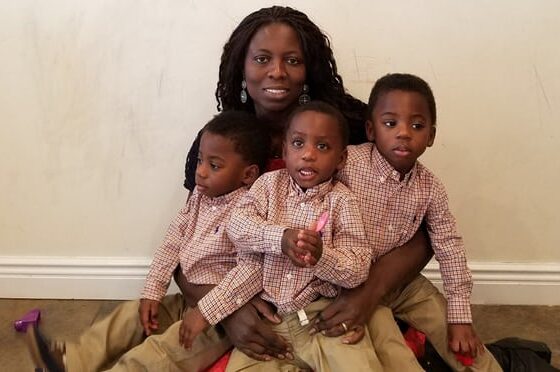Read what others who have serious medical illnesses and conditions are doing to help relieve some of the financial burdens associated with high cost treatment and medical care. Like the services mentioned in the below article, Medical Cost Advocate can assist you with reducing your high dollar medical claims.
By M.P. MCQUEEN
A diagnosis of cancer or other serious disease can be devastating to one’s financial as well as physical health — even for people with insurance. But there are a handful of programs that can help ease the monetary burden.
The programs, run mainly by nonprofit and charitable groups, offer financial aid to patients with specific life-threatening or chronic diseases to help cover the cost of co-payments, deductibles and other medical expenses. Patients usually must meet specific income and treatment guidelines.
Patients typically are referred to the programs by the financial counseling or patient-advocate offices of big hospitals and treatment centers. But you also can seek them out online.
Cutting Cancer-Care Costs
The CancerCare Co-Payment Assistance Foundation (at 1-866-552-6729 or CancerCareCopay.org) helps eligible patients cover the cost of insurance co-payments for treatment of specific cancers. The program, founded in April 2008, now lists seven diagnoses eligible for assistance: breast cancer, colorectal cancer, head and neck cancer, non-small cell lung cancer, pancreatic and renal cancer and glioblastoma.
Some diseases have a $10,000 annual limit on aid, others have a $5,000 limit, says John Rutigliano, chief operating officer of nonprofit CancerCare. Most people who qualify receive between $2,500 and $5,000.
He says these days more employees are bearing a larger share of the cost of care, with higher co-pays and deductibles.
Since the CancerCare program began, about 7,000 people have applied for co-pay assistance, and about 80% of them have received aid. Half of those who received aid were on Medicare and the other half were privately insured.
The foundation rejects less than 7% of applications, mostly because applicants’ income exceeds guidelines. The cutoff for assistance is 400% of the federal poverty level — slightly above $43,000 for an individual and $58,000 for a family of two.
Nancy Francisco of Crystal Falls, Mich., received financial help from CancerCare when she was diagnosed with glioblastoma, a type of malignant brain tumor, early in 2009.
Mrs. Francisco, a 45-year-old registered nurse and electronic medical records technician, became disabled as a result of the illness and treatment. Her husband is her full-time caregiver. She continued her health-insurance coverage under her former employer’s Cobra plan, but out-of-pocket expenses for treatment exceeded $10,000. CancerCare helped her with a $10,000 grant, says the mother of three, which helped cover co-pays for chemotherapy and IV transfusions.
“I couldn’t believe there was help,” says Mrs. Francisco, who learned of the program from her hospital social worker and pharmacist, who also helped her fill out the application.
Other Options
Other groups offering financial assistance for the treatment of cancer and other diseases: HealthWell Foundation HealthWellFoundation.org, which helps with co-pays and premiums for patients with group and individual insurance, Medicare and Medicaid. The Leukemia & Lymphoma Society’s Co-Pay Assistance Program (leukemia-lymphoma.org) helps with private-insurance premiums.

